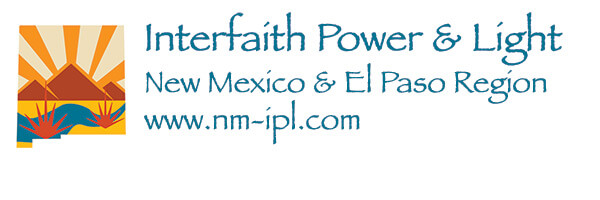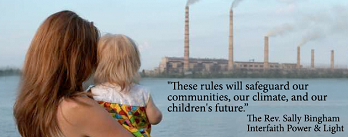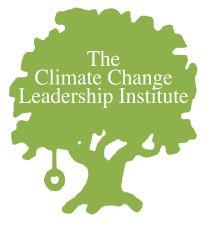EPA Takes Moral Action to Cut Carbon Pollution from Power Plants
Published: June 2, 2014
President Obama and the EPA today acted on our moral obligation to address unlimited carbon pollution coming from the nation’s power plants, the single largest source of global warming pollution in the country. The new standards will help usher in clean energy solutions like improved efficiency and solar power: things that Interfaith Power & Light congregations have been using in their facilities for years to reduce emissions and save money. Emerging wind and solar companies have been in a David and Goliath struggle against the well-funded coal and gas industries. By requiring a 30% reduction in carbon pollution from power plants by 2030, the standards will create a dynamic move toward cleaner energy. IPL and its 40 state affiliates reaching 15,000 congregations strongly support the EPA’s important action.
The Rev. Canon Sally G. Bingham, President and Founder of Interfaith Power & Light, has issued the following statement:
“We applaud this landmark action that comes at a pivotal time when more people than ever have recognized the threat to their health and safety from unregulated pollution. These rules will safeguard our communities, our climate, and our children’s future.
As people of faith called to care for God’s people and Creation, especially the most vulnerable, we have a moral obligation to address the profound impacts of the way we use energy.
In addition to protecting our climate, curbing pollution from power plants offers many important benefits, including saving lives and reducing health risks to those suffering from heart disease and respiratory ailments such as asthma.”
Contact: Susan Stephenson (415) 561-4891 susan@theregenerationproject.org





